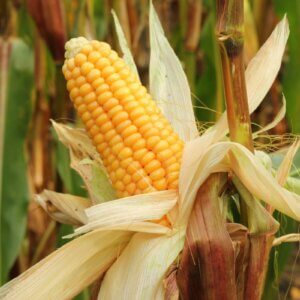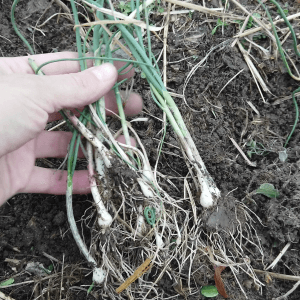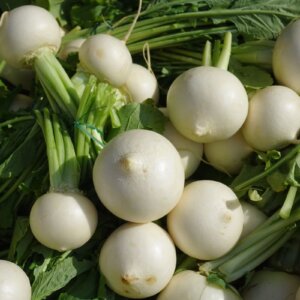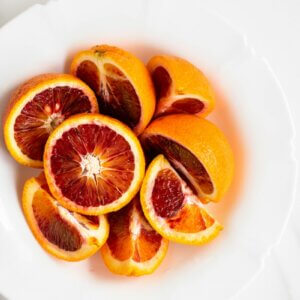
- Purpose: Pet Chicken
- Eggs: Brown
- Egg Size: Medium
- Color: Red, Brown, Black, And More
- Comb Type: Single Comb
With a huge, basketball shaped body made even more ridiculously round by its profusely dense, soft feathering from head to toe, it is easy to see why the sweet-tempered Cochin stole hearts around the world. Originating in China as a meat, egg, and feather-producing bird, this giant chicken is now more often pet and lawn candy rather than dinner.
The Cochin has little desire to roam and does not require a lot of space. And since their weight and shape keep them permanently grounded, all that is needed to contain them is a short, 2” fence. Keep some tasty treats handy, though, and even the fence might be redundant!
Characteristics
In terms of gentle dispositions, you could hardly ask for a quieter, friendlier, or more docile chicken than the Cochin. These fluffy, feathery birds may be among the largest of the chicken breeds, but temperament-wise, they are ideal for a pet chicken or backyard bird. And with so many color choices to choose from, you can be sure to find a beautiful bird.
These chickens are also among the best broody hens, even willing to brood eggs not their own species! Keepers have had success brooding ducks and turkeys under amicable Cochins. Just be careful with delicate or thin-shelled eggs–the heavy Cochin may crush one accidentally.
Weight Watchers, Chicken Edition
The adorably huge, plump shape of the Cochin is not without its downsides. Their easygoing personality, lack of desire to roam, and fondness for food all boil down to the fact that this breed is inclined to become overweight.
If allowed to feed endlessly–especially without leafy greens–these birds may become dangerously, even lethally fat.
Though their heavy feathering makes them winter-ready, their feathery feet are also prone to getting clogged with mud and snow. Just be sure to keep an eye on your birds in inclement weather.
What’s the Yield?
Their tendency toward broodiness is a clue that these are not the most productive egg-layers. With a rate of about two medium-sized, brown eggs a week, these won’t be your prized egg producers.
Cockerels can clock in at a huge 12 pounds and hens at a hefty 8, so what they don’t contribute in eggs they can certainly make up for in meat!
If you decide to keep one of these birds for companionship alone, a well-kept, healthy bird can provide you with feathery snuggles for anywhere from 8-10 years.
Hen Fever!
These chickens are so gentle, that even roosters have been reported to brood over eggs. Note, however, that these gentle attributes are specific to the standard-sized variety. The Bantam roosters may be just as aggressive as is typical for most roosters.
Along with the similarly large and feathery Brahma, the Cochin were two of the main breeds to spur the “hen fever” craze of the 1800s. Stunned by the “exotic” looks of many Asian breeds, chicken collectors in Europe and the United States started amassing chickens with the same fervor as Beanie Baby collectors in the 1990s.
Pictures Of Cochin Chickens
Resources
- Cochin, My Pet Chicken
- Cochin, Oklahoma State University
- Cochin Chickens, Poultry Keeper
- Cochin Chicken, Wikipedia
- 5 Reasons To Love Cochin Chickens, Backyard Chicken Coops
- Cochin, Omlet
- Cochin, Backyard Chicken Coops
- History Of The Cochin Chicken Breed, Purely Poultry
- Cochin, Feathersite
- Cochin, Livestock Conservancy
- The Forgotten History Of Hen Fever, National Geographic










































